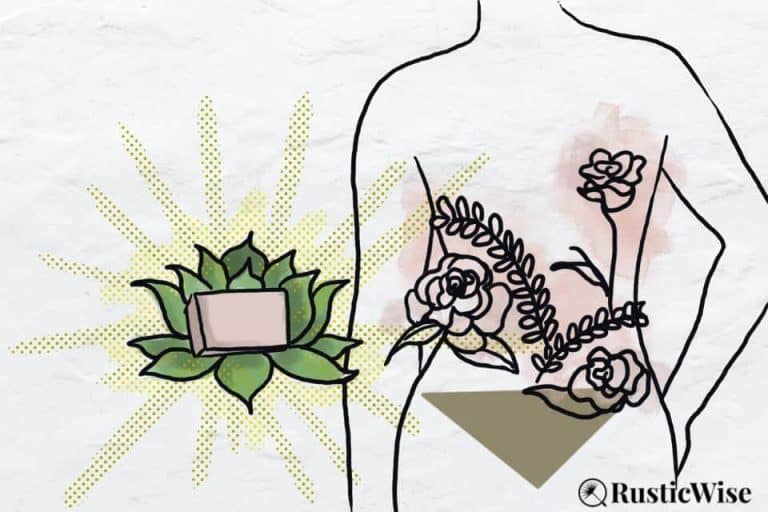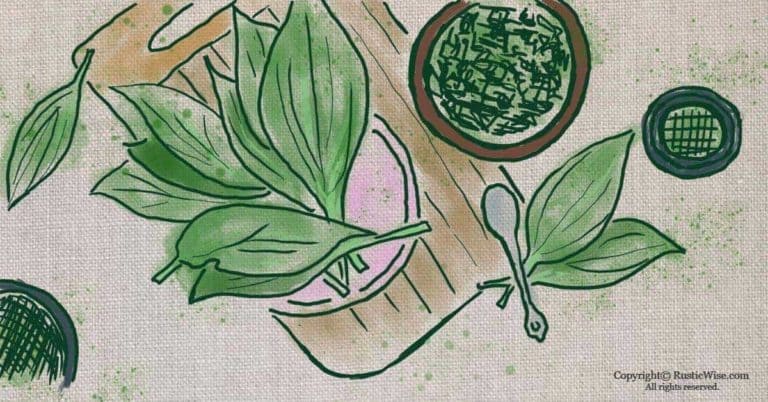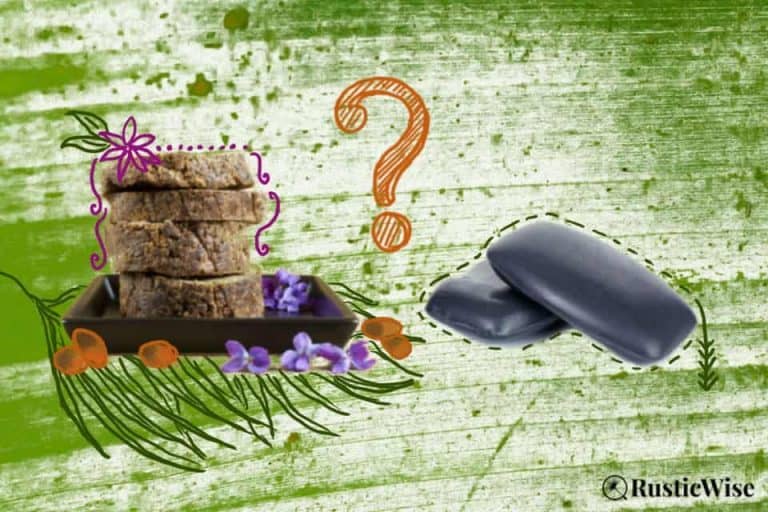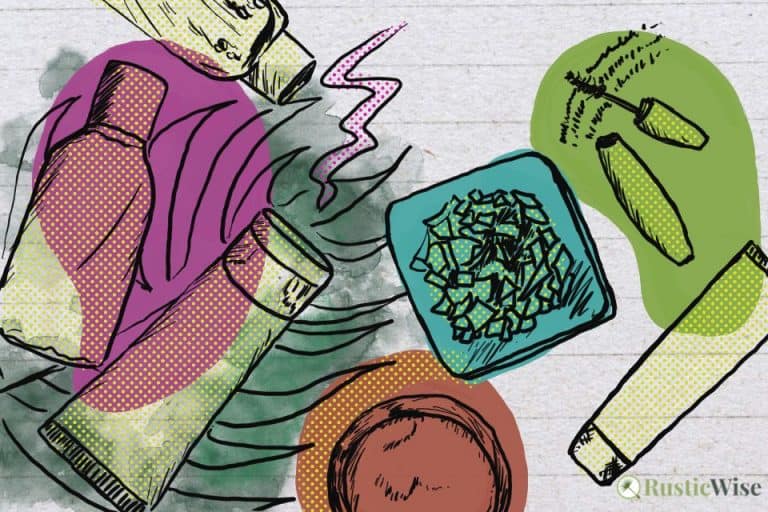Is Glycerin a Preservative? Yes and No
If you’re looking for eco-friendly ways to preserve DIY natural products, you might have heard about using glycerin (aka glycerine, or glycerol).
So, is glycerin a preservative? Yes, glycerin is a non-toxic and natural preservative if present in concentrations of 55 percent or higher.¹ But formulations with high glycerin levels are sticky—which may not be desirable, depending on your product.
More often, this versatile substance is used for its humectant properties (ability to retain moisture). Glycerol is also used as a sweetener, solvent, lubricant, and thickener.
Let’s take a closer look at what you need to know about preservatives and glycerin.
What is a preservative, exactly?
Merriam-Webster Dictionary defines a preservative simply as “something that preserves or has the power of preserving.” It’s “an additive used to protect against decay, discoloration, or spoilage.”
Preservatives used in food and cosmetics help to prevent the growth of bacteria, mold, fungi, and other microorganisms. Doing so helps to ensure a long and stable shelf life.
What’s a broad-spectrum preservative?
A broad-spectrum preservative is one that protects against bacteria, mold and yeast.²
On its own, glycerol is not considered a broad-spectrum preservative. But it’s used as an ingredient that forms a broad-spectrum preservative.²
One such natural compound is called Preservative Eco, which contains benzyl alcohol, salicylic acid, glycerin, and sorbic acid.²
While glycerol can form part of an effective preserving product, it’s not generally used as a stand-alone preservative for cosmetics.
What is glycerin?
A clear and odorless liquid with a consistency of syrup, glycerin has a sweet taste. It’s a type of organic compound that belongs to the sugar alcohol group. It’s also non-toxic to boot.³
Glycerin is widely used for its humectant properties—the ability to draw and retain moisture.
The terms glycerin and glycerol are two terms used to refer to the same substance. Britannica defines glycerin as a substance that contains at least 95 percent glycerol.⁴
The takeaway: Glycerin’s sticky, viscous properties make it great for many purposes as you’ll see next. But when used in high ratios, this same sticky quality isn’t always desirable. In order for glycerol to effectively preserve, it needs to appear in high ratios—55 percent or higher.¹
The many uses of glycerin
We use this versatile substance in countless ways. You can find this ingredient used in a wide range of natural skincare items, food, cosmetics, and more.
Here are just a few common ways manufacturers use glycerol:³
- Personal care products, cosmetics, and soap: You’ll find this ingredient in toothpaste, soaps, shaving cream, and body lotion. It’s a great moisturizer (humectant) and also softens, soothes, and seals moisture onto the skin. It’s suitable for sensitive skin. Glycerin bar soaps are highly coveted for their moisturizing properties. Glycerol also thickens shampoos and conditioners. The U.S. Food and Drug Administration (FDA) Voluntary Cosmetic Registration Program states that glycerol is the third most commonly used ingredient found in cosmetics.³
- Manufactured food and beverages: The FDA classifies glycerol as generally recognized as safe (GRAS) when used as a food additive. As a naturally sweet substance, it’s used to improve taste and texture. It also keeps moisture in products like marshmallows.³
- Pharmaceuticals: Say goodbye to jagged little pills. Glycerol improves the smoothness and flavor of medicines and cough syrups. Glycerin also plays a role in wound healing as a vital component of glycerin-based gel sheets used to treat skin wounds.⁵
Did you know… Glycerin is a natural byproduct of the natural soap making process. When you make homemade soap from scratch using lye, the fats, oils, and butters are converted to soap + glycerin molecules.
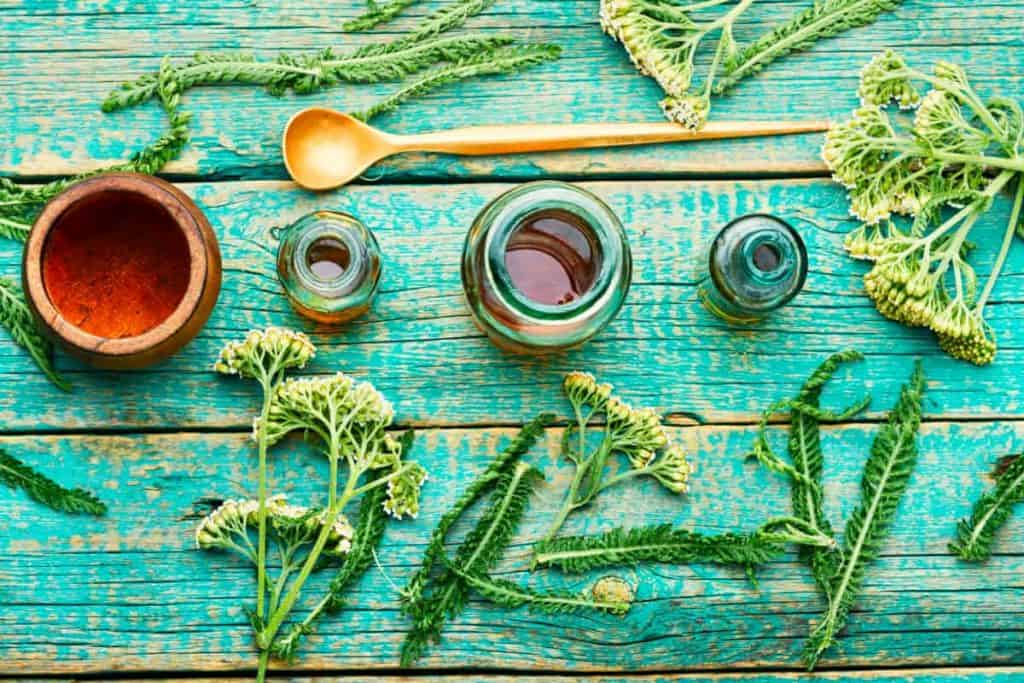
Credit: Vector State
So, is glycerin a preservative?
Yes, according to the U.S Department of Agriculture (Agricultural Marketing Service) it is indeed a preservative:⁶
“One of glycerin’s many uses is as a preservative. Widely used in formulations for many industries, glycerin is a colorless, odorless, and viscous liquid whose three hydrophilic hydroxyl groups impart both solubility in water and hygroscopicity (water-absorption). Glycerin has excellent anti-bacterial, anti-fungal, and anti-viral properties. It acts as a cryo-protectant, because it binds strongly to water and forestalls the formation of damaging ice crystals. The action of glycerin as a humectant allows the vital character of many herbal extracts to be preserved in solution. Glycerin is often used in the production of herbal extracts where it acts both as solvent and as preservative.”
Why we need preservatives
In a nutshell, without preservatives, personal care products, food products, and beverages would spoil more quickly.
Most cosmetic products contain water. And water introduces bacteria and other microorganisms which can speed up product deterioration. Combine this with other natural ingredients such as vitamins, which can actually serve as food for bacterial growth, and you have a recipe for disaster.⁷
That is, unless you use preserving agents.
With skincare products in particular, manufacturers need to strike a balance between creating an atmosphere where microorganisms don’t thrive, while balancing the optimal pH levels, so that it jives well with skin’s natural acidity.⁷
An effective preservative works to keep harmful microorganisms at bay to protect our health and preserve the longevity of the product.
Preservatives also need to work to protect against contamination from hands from everyday product use. If you think about a jar of cream, we introduce bacteria every time we scoop up cream with our fingertips.⁷
Not to mention that we keep most personal care products in dark and humid bathrooms, an ideal breeding ground for microorganisms. It’s no surprise that preservatives play an important role in personal care products.⁷
When do you need to use a preservative in DIY skincare products?
Generally, when making your own homemade skincare products, you’ll need to use a preserving agent anytime your recipe includes water:²
- Floral water
- Recipes with aloe vera juice
- Hydrosols
You might have heard the term anhydrous, which simply means free of water.
An anhydrous product generally doesn’t need preserving agents as it’s not as prone to contamination from microbes. Most whipped body butter and lip balms are good to go, as-is.²
But, if you’re making an anhydrous product where it’s possible for water to be introduced, such as body scrubs, body gels, or other products stored in tub or shower, it’s a good idea to introduce a preserving element.
(Either that, or you’ll have to use that product up ASAP!)
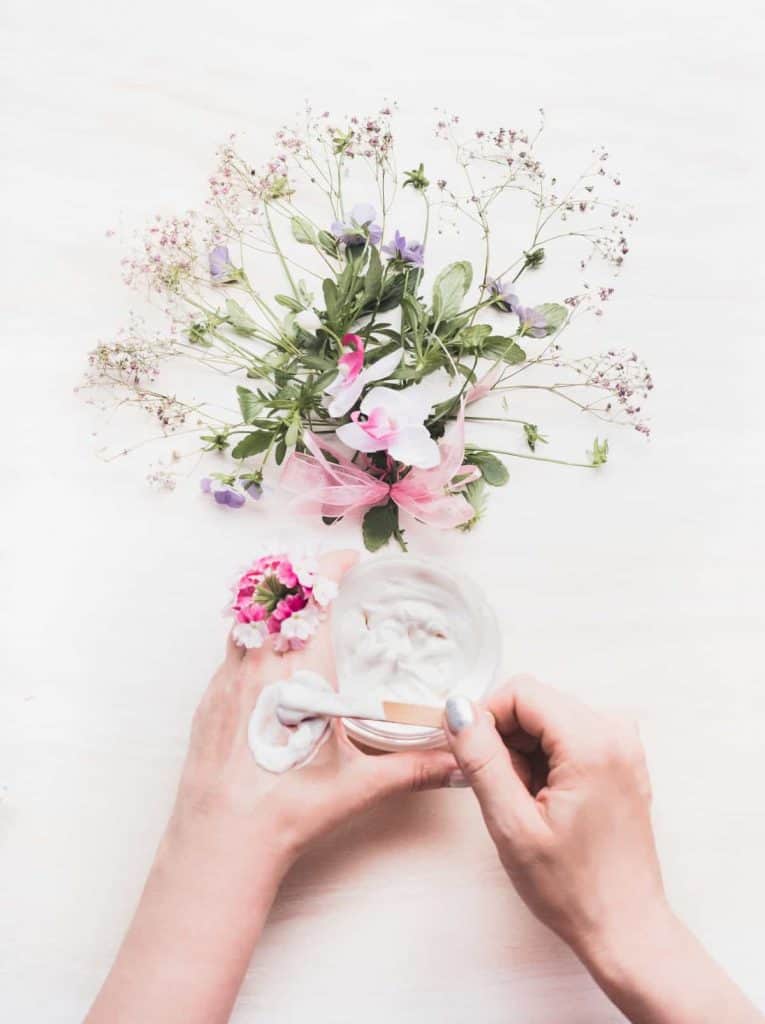
How do you use glycerin as a preservative?
The two most common ways that DIYers use glycerin as a preservative (at least that I’m aware of) is for glycerol tinctures (aka glycerites), and to preserve foliage.
Glycerol tinctures (aka glycerites)
Traditionally, alcohol-based tinctures were used to extract the botanical properties of certain plants, flowers, and herbs for topical use. However, some people prefer to stay away from alcohol for various reasons.
When making glycerites, glycerol acts as a solvent. You soak the botanicals in a glycerol solution of at least 55 percent or higher (anything lower won’t be potent enough to keep mold growth at bay).
It’s important to note that the shelf life of glycerol tinctures is much shorter than traditional alcohol-based ones. While alcohol tintures may last between 4 to 6 years, glycerites may only last up to 2 years or less.
Why is glycerin used as preservative instead of alcohol?
The sweet flavor of glycerin may appeal to some. While others may have allergic reactions to alcohol.
Preserving foliage
While you can certainly dry flowers and foliage, using a glycerol solution gives plants a more pliable and leathery texture. This solution works best for keeping foliage rather than flowers as preserved items take on brown earth-tones.⁸
To use the preserving effects of glycerol, place fresh-cut foliage stems in a clean vase with a few inches of glycerin and water. (You don’t need much—just enough to submerge the bottoms of the stems.)
As the stems draw up the fluid, the glycerol solution replaces water in the plant cells before they die. You’ll see the plants slowly turn brown.
Once the plants are fully brown, remove from the solution and rinse off. Allow to air dry completely before making your floral arrangements.
The bottom line: is glycerin a preservative?
While glycerin has many great qualities, it’s not generally used as a stand-alone preservative for cosmetics or natural skincare products. It can help prolong the shelf life of certain products by keeping them at ideal moisture levels. Everything from toothpaste, packaged marshmallows, and body lotion benefit from glycerin’s humectant properties.
Related questions
Is vitamin E a preservative?
No, vitamin E acts as an antioxidant, which may slow down aging, but it should not be used as a preservative. Rosemary extract and grapefruit seed extract are also not preservatives.
If you find your essential oils go rancid too quickly, vitamin E may help prolong shelf life. Many people add a few drops of vitamin E to bottles of essential oils to prevent oxidation.
What’s the shelf life of vegetable glycerin?
While vegetable glycerin is shelf stable, it has a best-by date. Most manufacturers recommend using that bottle of VG within 1–2 years of the manufacture date.
With proper storage, you can extend the shelf life of vegetable glycerin. Store it in an air-tight container in a cool, dry room away from direct sunlight. Keeping the bottle in a temperature stable room also helps!
New to making soap? 🧼❓
👉We have a fantastic overview on the whole soapmaking process here: read our Timeless Guide To Soapmaking.
If you would like to see our soapmaking posts organized by topic type, see our Soapmaking Collection.
Would you like more timeless tips via email?
Fun tips to help you live an independent, self-sustaining lifestyle. Opt-out at any time.


References
- Metzger, Jane (30 April 2014). “HOW TO MAKE HERBAL GLYCERITES: TINCTURES WITHOUT ALCOHOL,” The Herbal Academy. Accessed June 2022.
- School of Natural Skincare International, 3 Natural preservatives for cosmetics, https://www.schoolofnaturalskincare.com/natural-preservatives-for-cosmetics/. Accessed June 2022.
- Chemistry Safety Facts, Glycerol, https://www.chemicalsafetyfacts.org/glycerol/. Accessed June 2022.
- Britannica, Glycerol, https://www.britannica.com/science/glycerol. Accessed June 2022.
- Stout, E. I., & McKessor, A. (2012). Glycerin-Based Hydrogel for Infection Control. Advances in wound care, 1(1), 48–51. https://doi.org/10.1089/wound.2011.0288
- U.S Department of Agriculture (Agricultural Marketing Service), Glycerin Handling/Processing, https://www.ams.usda.gov/sites/default/files/media/Glycerin%20Petition%20to%20remove%20TR%202013.pdf. Accessed June 2022.
- Anderson, Elisabeth (13 May 2019). “Preservatives – Keeping our cosmetics safe & fresh,” Michigan State University. Accessed June 2022.
- Mississippi State University, Glycerin-Preserved Foliage, http://extension.msstate.edu/publications/glycerin-preserved-foliage. Accessed June 2022.

Author: Theresa Tesolin
Theresa is co-founder of RusticWise. She helps people unleash their inner DIY spirit by encouraging them to get dirty and make or grow something from scratch.



